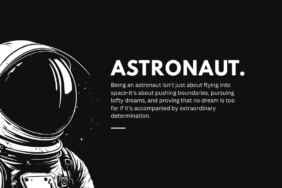The theory of evolution, a fundamental concept in biology, seeks to explain how species change over time through natural selection. This article will delve into the key aspects of evolution, making the complex processes comprehensible for readers with varying levels of familiarity.
What is Evolution?
Evolution is the scientific explanation for how all living organisms develop and adapt over time. At its core, it posits that all life on Earth shares a common ancestor, and through a process of genetic changes, species diversify and adapt to their environments.
Who Proposed the Theory?
The theory of evolution was famously popularized by the English naturalist Charles Darwin in the 19th century. Darwin’s work, especially his book “On the Origin of Species,” laid the groundwork for our current understanding of evolutionary biology.
When Did Evolution Begin?
While the concept of evolution has ancient roots, scientific inquiry gained momentum in the mid-1800s. Scientists believe that life on Earth began approximately 3.5 billion years ago, evolving through various mechanisms that Darwin and later scientists have described.
Where Does Evolution Take Place?
Evolution occurs in all living organisms, ranging from tiny bacteria to massive whales. It can be observed in numerous environments worldwide, as species adapt to different habitats and ecological niches.
Why is Evolution Important?
Understanding evolution is crucial for several reasons:
- It helps explain the diversity of life on Earth.
- It provides insight into the functioning of ecosystems.
- It informs medical research, such as vaccine development.
How Does Evolution Work?
Evolution is primarily driven by mechanisms such as:
- Natural Selection: The process by which organisms better adapted to their environment tend to survive and reproduce.
- Mutation: Random changes in genetic material that can introduce new traits.
- Genetic Drift: Random fluctuations in trait frequencies in small populations.
| Mechanisms of Evolution |
|---|
| Natural Selection |
| Mutation |
| Genetic Drift |
| Gene Flow |
Conclusion: Grasping the Essence of Evolution
In summary, the theory of evolution offers a profound explanation for the diversity and complexity of life on our planet. It shows that species are not static but constantly evolving, responding to changes in their surroundings. Appreciating these principles not only enhances our understanding of biology but also deepens our connection to the natural world.














